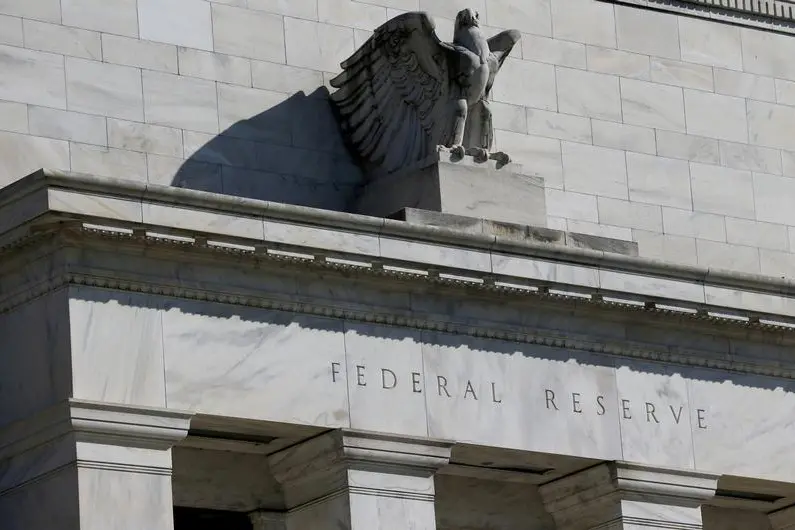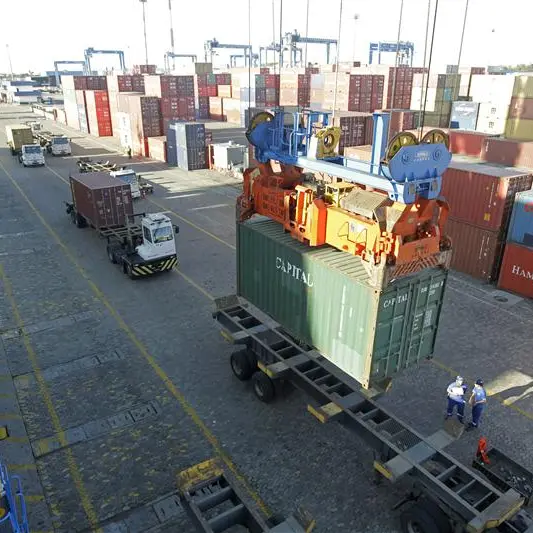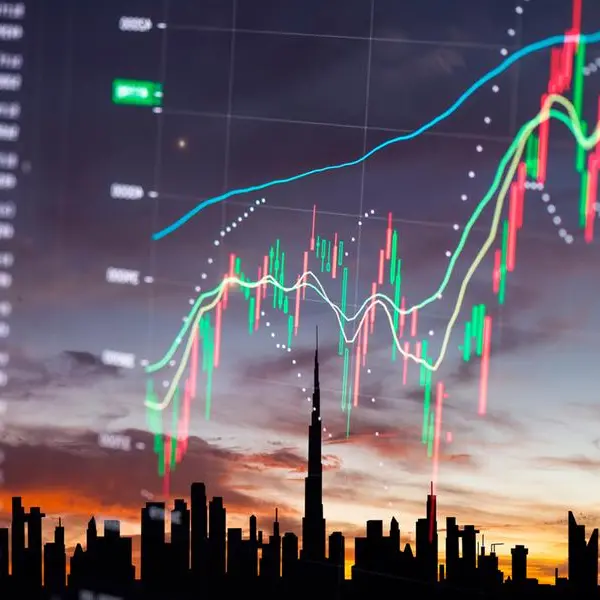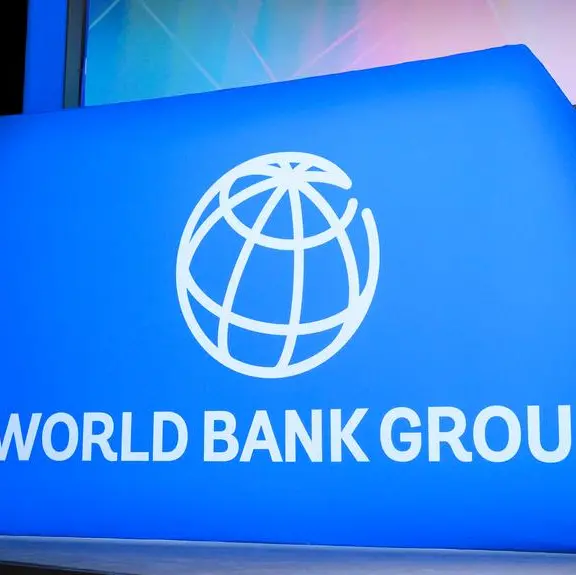PHOTO
NEW YORK (Reuters Breakingviews) - The Federal Reserve keeps adding bridges over the widening economic chasm. The U.S. central bank on Thursday launched new facilities to support local governments and more businesses affected by the fallout from the coronavirus pandemic, bringing its lending capacity alone to $2.3 trillion. The Fed is rightly focused on the present, but there will be tolls to pay later.
Over 15 million Americans – nearly 10% of the country’s entire workforce – have sought unemployment benefits in the past three weeks, according to the latest Labor Department data. Fed Chair Jerome Powell on Thursday called that swing from ultra-low unemployment to a flood of jobless workers “alarming.” That’s why the Fed, with greater alacrity than lawmakers in Congress, is doing whatever it can to ease the situation.
The Fed’s facilities essentially support lending, whether to companies or to states and some cities, which were added in the latest expansion of its efforts. That makes them different from fiscal handouts like those to the airline industry and others in the stimulus bill passed by Congress late last month. Still, unlike even in the financial crisis over a decade ago, the Fed is now going to backstop junk-rated corporate debt, provided the borrowers benefiting from the facility only lost their investment-grade status recently.
That helps, but doesn’t get people stuck in their homes spending money. So these extraordinary measures may well not be the last, and the longer-term ramifications can’t be predicted. The problem with bridging the immediate economic troubles is that the destination is unknowable. Powell said the Fed’s emergency measures are reserved for true crises, and that once the economy starts bouncing back, “we will put these emergency tools away.” That’s not so easy, as the Fed and its global peers found out after the financial crisis. In the wake of providing massive amounts of support to financial markets and the economy, central-bank balance sheets remain swollen, interest rates are still very low, and the initially dreaded but recently hoped-for inflation has failed to return, among other effects.
One way or another, Powell understandably thinks those affected by the coronavirus, through no fault of their own, should be made whole. But the Fed’s tools have a habit of not fitting back into the toolbox. Short-term relief will inevitably bring longer-term distortions and costs.
CONTEXT NEWS
- The U.S. Federal Reserve on April 9 rolled out a broad, $2.3 trillion effort to bolster local governments and small and mid-sized businesses in its latest move to keep the U.S. economy afloat as the country battles the coronavirus pandemic.
- The U.S. central bank said it would work through banks to offer four-year loans to companies of up to 10,000 employees and directly buy the bonds of states and more populous counties and cities to help them respond to the health crisis.
- In remarks later the same day, Fed Chair Jerome Powell said: "Our emergency measures are reserved for truly rare circumstances, such as those we face today. When the economy is well on its way back to recovery ... we will put these emergency tools away."
- Separately, 6.6 million Americans sought unemployment benefits last week. That's down slightly from 6.9 million the week before on a seasonally adjusted basis, according to the U.S. Labor Department, but still multiples higher than the record seen prior to this year’s pandemic.
- Over three weeks, new benefit claims have totaled more than 15 million amid tough measures to control the novel coronavirus outbreak that have abruptly ground the country to halt.
(Editing by Lauren Silva Laughlin and Amanda Gomez)
© Reuters News 2020












